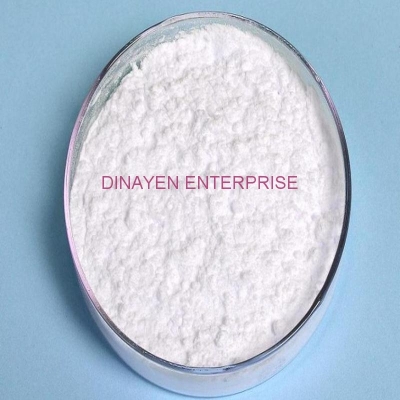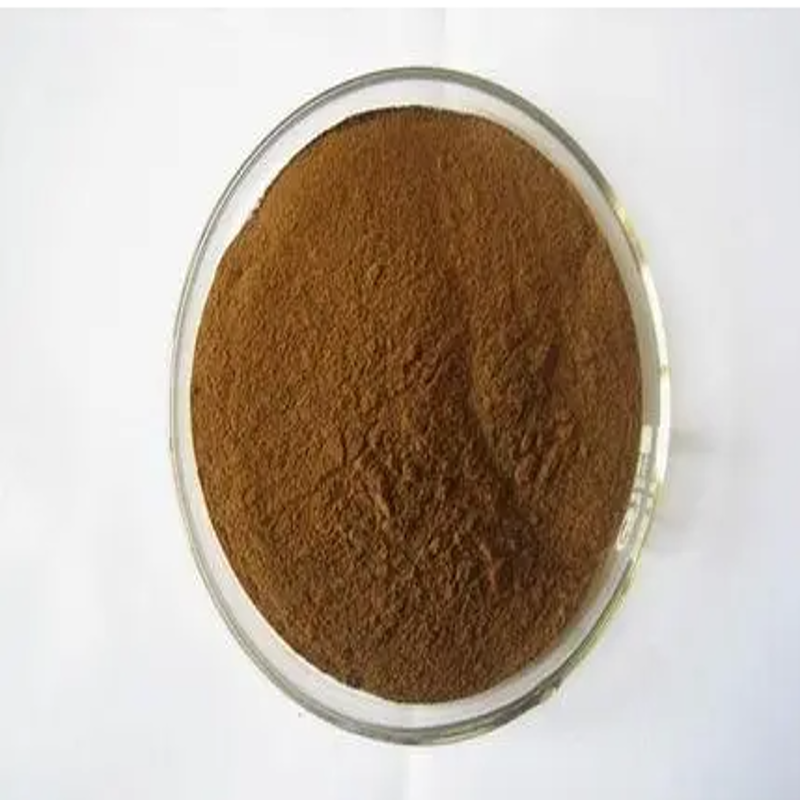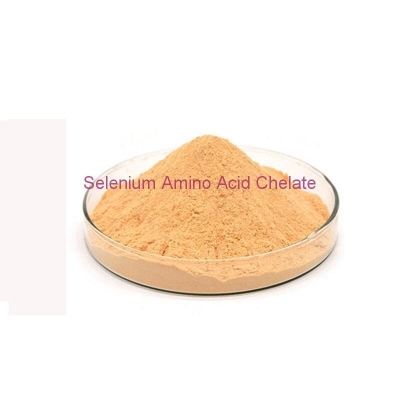-
Categories
-
Pharmaceutical Intermediates
-
Active Pharmaceutical Ingredients
-
Food Additives
- Industrial Coatings
- Agrochemicals
- Dyes and Pigments
- Surfactant
- Flavors and Fragrances
- Chemical Reagents
- Catalyst and Auxiliary
- Natural Products
- Inorganic Chemistry
-
Organic Chemistry
-
Biochemical Engineering
- Analytical Chemistry
- Cosmetic Ingredient
-
Pharmaceutical Intermediates
Promotion
ECHEMI Mall
Wholesale
Weekly Price
Exhibition
News
-
Trade Service
.
Keyword 1-"0 energy"Many consumers who are losing weight or controlling weight are particularly concerned about energy intake, so many "0 energy" drinks have been launched on the market accordingly
.
It is observed that the energy contained in the nutritional composition table of some beverages is indeed marked as "0".
So, what does this "0" mean?In China's nutrition labeling standards, it is required to claim "0 energy".
When the energy in the food is less than 17 kJ/100g (solid) or 100ml (liquid), it can claim "0 energy"
.
In other words, a beverage labeled "0 energy" does not mean that there is really no energy in the beverage, but the content is low, and its intake has negligible impact on human nutrition
.
Keyword 2-"sugar-free""sugar-free" beverage refers to the content of carbohydrate or sugar in the beverage is lower than the standard "0" limit value
.
In other words, the sugar content per 100 grams or per 100 milliliters of food is equal to or lower than 0.
5 grams
.
Consumers may be wondering, why is the drink sweet when it is obviously sugar-free?In fact, in order to obtain a better taste, companies will add sweeteners to their beverages to replace sucrose
.
Sweeteners are food additives should be labeled in the list of ingredients, such as aspartame, acesulfame, sodium cyclamate
.
Keyword 3-"Low sugar" issimilar to "sugar-free" beverages.
"Low sugar" beverages also refer to the carbohydrate or sugar content of the beverage below a certain threshold
.
According to my country’s standards, a sugar content of less than 5g/100g or 5g/100ml is considered a “low-sugar” food.
.
When buying beverages, consumers must see whether the sugar content in the nutrition ingredient list on the label meets the requirements
.
Keyword 4—"Vitamin C" or "Vitamin C-rich"beverages claiming "contains vitamin C" or "rich vitamin C" are all to show that the vitamin C content is high
.
The requirement of "contains vitamin C" in the Chinese standard is that the vitamin C contained in every 100 ml of beverage must reach 7.
5% of the corresponding NRV (referring to the nutrient reference value, which is specifically used to compare the value of nutrients on the label).
The NRV of vitamin C The value is 100 mg
.
In other words, it must reach 7.
5 mg or more, or the vitamin C contained in 420 kilojoules of energy must reach 5% NRV, that is, 5 mg or more
.
The requirement for "rich in vitamin C" is even higher, and the required content is twice the above requirement! On the market, the content of vitamin C per 100 ml of this type of beverage is about 20 mg, accounting for 20% of NRV, which meets China's standards
.
A bottle of beverage is 350ml.
If you drink one bottle, the intake is 70% of the vitamin C required for a day
.
In this way, its vitamin C content is indeed high
.
Key word 5-"100% juice" It can be found that many beverages are marked with "100% juice" or "pure juice" in bold words on the packaging
.
But a closer look at the ingredient list revealed that it basically says water and a concentrated juice of some kind of fruit
.
In fact, the exact name of this kind of juice should be "recovered juice", which is to first remove a certain proportion of water from the juice to turn it into a concentrated juice, which is convenient for storage and transportation, and then add an appropriate amount of water to restore it to the original Drinks with the same juice ratio
.
In layman's terms, it is a juice made from concentrated juice and water
.
Therefore, 100% juice is not equal to the original squeezed juice, but it does not add other ingredients, such as white sugar, food additives and other substances
.
Keyword 6-"juice" or "fruity" There is only one word difference between "juice drink" and "fruit-flavored drink", but you must not underestimate the difference between the word, the knowledge is great! The juice content of "juice drinks" must be at least 10%
.
Fruit-flavored beverages are prepared from sugar, sweeteners, sour agents, and edible flavors as raw materials.
Its taste is mainly blended with flavors.
It contains very few juice components, and even no juice at all
.
Therefore, there is still a big difference between the two
.
In addition to distinguishing from the name, it is also reflected in the ingredient list.
There will definitely be juice in the ingredient list of fruit juice drinks, and fruity drinks are not necessarily
.
Keyword 7-"Coffee" or "Coffee Drink" Buying coffee is a frequent choice for fashionistas, but have you noticed that you are buying coffee or coffee drinks? In fact, the difference between the two can be seen from the ingredient list.
Coffee has only one ingredient, namely coffee beans, coffee powder or instant coffee; coffee drinks are not.
The first few ingredients in the ingredient list are generally white sugar and non-dairy creamer.
And glucose syrup, as well as food additives, are used to adjust the flavor and taste of the product
.
Among more than a dozen ingredients, coffee is often ranked very low, even in the last place, which shows that in all the ingredients, the proportion of coffee content is relatively small
.
Of course, there are people who are not used to the bitterness of coffee and prefer the flavor of coffee drinks
.
However, don't confuse the two, thinking that you are buying pure coffee
.
Keyword 8-"Plant protein beverages" and "High protein beverages" on the market, there are various types of plant protein beverages, such as almond milk, walnut milk, coconut milk and soy milk, all of which belong to plant protein beverages
.
When many people see the word "protein drink", they think it is a "high protein" drink
.
The protein content of vegetable protein beverages is not less than 0.
5%.
Therefore, in vegetable protein beverages on the market, it is generally marked that the protein content of every 100 ml of beverage is 0.
6-1.
0 g
.
However, according to the label standard requirements, if you want to claim a "high protein" beverage, the protein content per 100 g of the beverage should be greater than or equal to 12 grams; if calculated per 100 ml or per 420 kJ, the protein content is required to be greater than or equal to 6 grams
.
Under normal circumstances, the protein content of vegetable protein beverages may not meet the requirements of "high protein"
.
Therefore, plant protein beverages are not necessarily high-protein beverages
.
Keyword 9-Nutritional ingredients are all marked as "0".
Perhaps you will find that some tea beverage labels are marked as "0" in the nutrient composition table
.
Could it be that there is nothing in this drink, isn't that the same as pure water? But it still tastes a little sweet.
Why? In fact, China’s labeling standards stipulate that when the nutrient content is below a certain limit, because the content is low, the impact on human nutrition and health is negligible and the accuracy of the value is poor, it must be marked as "0"
.
In other words, the label "0" is not absolutely absent
.
For example, the actual carbohydrate content of a beverage is 0.
3 g/100 g, but because it is lower than the “0” threshold value of 0.
5 g/100 g, it will be marked as “0” in the nutrient composition table
.
Keyword 10---"per 100ml" or "per serving"? Many people say that carbonated drinks contain high sugar content and provide high energy, so you should try to choose products with lower energy when buying
.
But sometimes you will find that the energy value in one product is only 190 kJ, while the energy in the other product is as high as 628 kJ, a difference of more than 2 times
.
Is the gap really that big? Take a closer look and you will know that the unit of weight is actually different
.
In the first product, it is calculated per 100 ml; in the latter product, it is calculated per serving
.
Each can of 330ml of beverage is regarded as one serving.
When converted, the energy in the second product is also only 190kJ per 100ml, which is the same
.
The nutrient content allowed in the nutrient composition table is per 100 grams, per 100 ml, or per serving, you can choose one of the three
.
Of course, if it is timed for each serving, it is necessary to indicate the amount of each serving as in the second product
.
I want to remind everyone that, don’t just look down and compare the numbers.
Be sure to look at the first row of the nutrition facts table.
What weight unit is used to calculate
.







